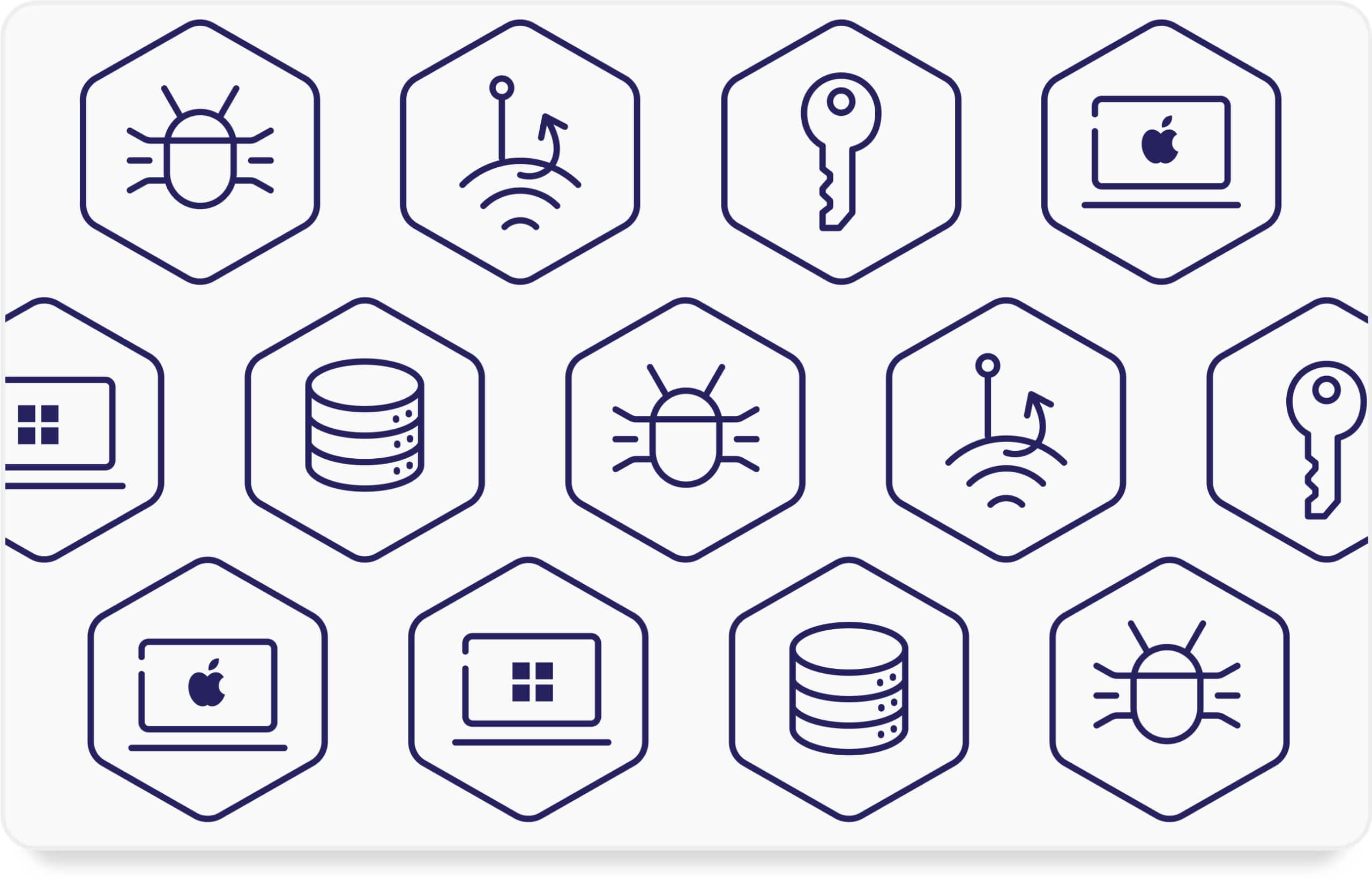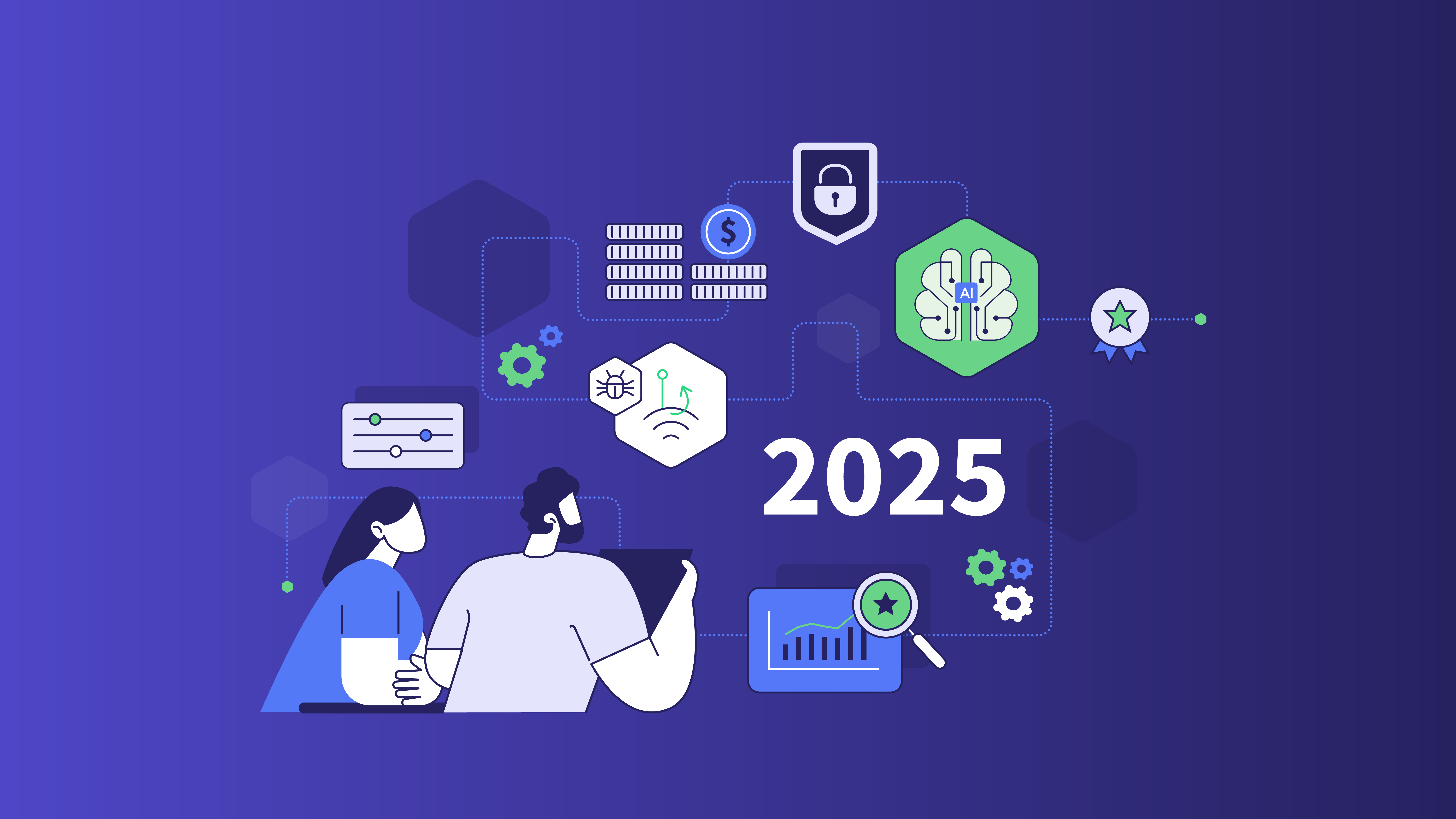Ransomware is a type of malicious software (also known as malware) designed to block access to a system or files until a sum of money, or ransom, is paid to the attacker. Ransomware often enters a system through phishing emails, malicious attachments, or compromised websites. Once inside, it starts to encrypt files on the infected system or network. In a typical ransomware attack, the malware will make your files inaccessible until you pay for a decryption key – although there is no guarantee it will work.
Ransomware attacks can target individuals, businesses, government entities, or any organization with valuable data. The goal, ultimately, is to obtain financial gain from victims who are desperate to regain access to their files and computer systems.
Forms/Types of Ransomware
Due to the evolving nature of ransomware and malware attacks, it can be hard to pinpoint a definitive list of types. However, these are the five most popular categories broken down by tactics or methods:
- Encrypting Ransomware: This is the most common type of ransomware. It uses robust encryption algorithms to encrypt files on the victim’s system, rendering them inaccessible until a ransom is paid for the key. Some examples of encrypting ransomware include CryptoLocker, Locky, and WannaCry.
- Locker Ransomware: Locker ransomware locks the victim out of their entire system using malicious code, denying access to files, applications, or the operating system. In some cases, it can present a full-screen message demanding payment to unlock the OS or computer system. For example, Winlocker and Police-themed ransomware are locker ransomware.
- Scareware or Fake Antivirus Ransomware: Scareware displays fake warnings or alerts, pretending to be legitimate antivirus software. Its main strategy is to trick users into paying for a bogus solution to remove non-existent threats. Famous examples include Antivirus 2010 and Security Defender.
- Doxware or Leakware: Doxware, also known as leakware, threatens to publish sensitive or private data unless the victim pays the ransom. In other words, it involves exfiltrating data and leveraging it for extortion. For instance, this is what Maze and REvil (Sodinokibi) did.
So, how do these types of malware or ransomware work? Well, imagine your computer is like a secret vault where you keep all your important documents, photos, sensitive data, and memories. Now, think of ransomware as a mischievous thief that sneaks into your vault, locks it up, and demands a hefty ransom to give you the key.
Sometimes, this uninvited guest can get access by disguising itself as a harmless email or attachment (for example, one that looks and sounds exactly like a legitimate software message). Once inside, it puts a tricky lock on all your files. It’s like putting your pictures, documents, and everything you cherish into a secure digital box, but the catch is that only the thief has the key. And the worst part? A malware infection can affect not only your PC but also your mobile devices!
After the lock is in place, the thief leaves a note on your screen saying, “Hey, I’ve got your stuff! If you want it back, you need to pay me some money, usually in a form that’s hard to trace, like digital money.” To add to the stress, they often set a deadline, saying, “You’ve got 48 hours to pay up, or your files might be gone forever!“
Why Should Businesses Care About Ransomware?
Ransomware is a significant threat that all businesses, regardless of their size, should take seriously. So, let’s break down why you should care about it.
Reason #1: Financial Impact
For small businesses with limited resources, a ransomware attack can have a devastating financial impact. Paying the ransom, even if not recommended, might be seen as the only option, draining precious funds. Larger enterprises, on the other hand, may have more financial resilience, but the scale of their operations also means that a ransomware attack can result in substantial monetary losses and operational disruptions.
Reason #2: Data Loss and Downtime
Losing access to critical business data can halt operations for smaller companies. Downtime means lost revenue, potential damage to reputation, and challenges in fulfilling customer commitments. For larger companies, not being able to detect malware can also disrupt operations on a massive scale.
Reason #3: Reputation Damage
For small businesses, reputation is everything. A ransomware incident that leads to data breaches or prolonged service interruptions can erode customer trust and confidence. However, larger enterprises may face public scrutiny and media attention, amplifying the impact of phishing attacks that spread malware on their reputation. Rebuilding trust can be a long and challenging process, no matter the size of your organization.
Reason #4: Compliance and Legal Consequences
Regulatory compliance is crucial for businesses, and a ransomware attack resulting in data breaches may lead to legal consequences and fines. In other words, ransomware incidents can result in severe legal and regulatory repercussions, including fines and lawsuits.
Reason #5: Resource Strain and Supply Chain Risks
Recovering from a ransomware attack can overwhelm the limited IT and cybersecurity resources of smaller companies, diverting attention from daily operations. And considering that small businesses are often part of larger supply chains, an attack on a smaller supplier can disrupt the operations of larger partners, straining relationships.
Ransomware and Your Broader Cybersecurity Program
Ransomware is a pervasive threat in the cybersecurity landscape, so addressing this menace often involves incorporating established frameworks and concepts to enhance defense mechanisms.
Relation: The MITRE ATT&CK (Adversarial Tactics, Techniques, and Common Knowledge) framework provides a comprehensive matrix of techniques used by adversaries during various stages of cyber attacks. Ransomware operators leverage specific techniques within this framework, such as using malicious attachments, exploiting vulnerabilities, and executing code.
Mitigation: Understanding the tactics and techniques associated with ransomware in the MITRE ATT&CK framework enables organizations to enhance their defenses by implementing appropriate mitigations. This could include user education, patch management, and deploying advanced threat detection systems.
Least Privilege Principle
Relation: The principle of least privilege advocates for restricting users’ access rights to the minimum necessary for their job functions. Ransomware often relies on gaining elevated privileges to move laterally within a network, encrypting more systems.
Mitigation: Enforcing least privilege is a good form of malware protection because it reduces the attack surface for ransomware by limiting the capabilities of compromised accounts. This means that even if a user account is compromised, the potential damage ransomware can inflict is restricted.
Relation: The Zero Trust model assumes that no entity, whether inside or outside the organization, should be trusted by default. Ransomware can exploit trusted internal network connections and personal devices to spread laterally.
Mitigation: Implementing Zero Trust principles involves authenticating and validating all users and devices, regardless of their location. By adopting a least privilege approach within a Zero Trust architecture within your security software, organizations can reduce the likelihood of ransomware moving freely within their network.
Endpoint Security
Relation: Ransomware often gains initial access through vulnerable endpoints. Traditional antivirus solutions are critical, but advanced endpoint security solutions that employ behavioral analysis and machine learning are more effective in detecting and preventing ransomware.
Mitigation: Ensuring that endpoints are equipped with robust security solutions, regularly updated with the latest threat intelligence, and configured to detect suspicious behavior helps in early ransomware detection and containment.
Incident Response Planning
Relation: A well-defined incident response plan is crucial for effectively mitigating and recovering from a ransomware attack. The plan outlines steps to take when an incident occurs, minimizing the impact and facilitating swift recovery.
Mitigation: Organizations should regularly review and update their incident response plans, conduct training exercises, and ensure that key personnel are familiar with the procedures required to retain or gain access. This preparedness can reduce downtime and financial losses in the event of a ransomware attack.
Backup and Recovery
Relation: Having secure and regularly updated backups is a fundamental strategy for recovering from a ransomware attack without paying the ransom. Ransomware often targets data, and having a backup ensures that affected systems can be restored.
Mitigation: Regularly backing up critical data, storing backups offline or in isolated environments, and testing the restoration process are essential components of ransomware mitigation. This practice reduces the impact of data loss and allows for faster recovery.
Related Systems or Technologies
To manage and prevent ransomware, the best strategy is to employ a combination of systems, technologies, and best practices. For instance:
- Endpoint Protection: Endpoint protection solutions, including antivirus software, are designed to detect and block malicious software, including ransomware, at the endpoint level (individual devices such as computers and servers).
- Firewalls: Firewalls act as a barrier between a trusted internal network and external, potentially untrusted networks, helping to prevent unauthorized access and the spread of ransomware. Application layer filtering, intrusion detection and prevention, and packet filtering are all common features in modern firewalls.
- Email Security Solutions: Given that phishing emails are a common entry point for ransomware, email security solutions help filter out malicious emails and attachments before they reach the users’ inboxes.
- Backup and Recovery Systems: Regularly backing up critical data and ensuring the availability of reliable backup and recovery systems is crucial for recovering from a ransomware attack without paying the ransom.
- Network Segmentation: Segmenting a network into distinct zones aids in restricting the propagation of ransomware by constraining lateral movement. Compromising one segment does not automatically grant access to the entire network.
- User Training and Awareness Programs: Educating users about the risks of ransomware and the importance of cybersecurity hygiene is crucial. Users are often the first line of defense against social engineering attacks.
- Patch Management Systems: Keeping software, operating systems, and applications up-to-date with the latest security patches is essential to address vulnerabilities that ransomware may exploit.
- Multi-Factor Authentication (MFA): MFA adds an additional layer of security by requiring users to provide more than one form of authentication. This prevents unauthorized access, even if credentials are compromised. Biometric authentication, one-time passwords, and hardware tokens are common components of MFA systems.
Related Regulations and Compliance Goals
Several industry regulations and standards outline requirements for how companies handle cybersecurity threats, including ransomware. These regulations are designed to protect sensitive data, ensure the privacy of individuals, and promote a secure and resilient business environment.
Here are some notable industry regulations with specific requirements related to ransomware:
General Data Protection Regulation (GDPR):
Region: European Union (EU)
Requirements:
- Organizations must implement appropriate security measures to protect personal data, including safeguards against ransomware attacks.
- Prompt notification of a ransomware incident to the relevant data protection authorities and affected individuals.
- Demonstrating a level of accountability for the security of personal data.
Health Insurance Portability and Accountability Act (HIPAA):
Industry: Healthcare (United States)
Requirements:
- Ensuring the confidentiality, integrity, and availability of electronic protected health information (ePHI) to prevent ransomware attacks.
- Conducting risk assessments to identify and mitigate vulnerabilities.
- Implementing procedures for responding to and recovering from ransomware incidents.
Payment Card Industry Data Security Standard (PCI DSS):
Industry: Payment Card Industry
Requirements:
- Protecting cardholder data from unauthorized access, which includes safeguarding against ransomware threats.
- Regularly monitoring and testing security systems and processes to detect and respond to potential ransomware incidents.
Cybersecurity Maturity Model Certification (CMMC):
Industry: Defense Industrial Base (DIB) contractors (United States)
Requirements:
- Ensuring the implementation of cybersecurity best practices, including protections against ransomware attacks.
- Companies working with the U.S. Department of Defense (DoD) must achieve a specific CMMC level to bid on contracts.
Financial Services Information Sharing and Analysis Center (FS-ISAC) Standards:
Industry: Financial Services
Requirements:
- Implementing cybersecurity measures to protect financial data and systems, including defenses against ransomware attacks.
- Sharing threat intelligence and collaborating with the financial services community to enhance collective security.
National Institute of Standards and Technology (NIST) Cybersecurity Framework:
Industry: General (United States)
Requirements:
- Identifying, protecting, detecting, responding to, and recovering from cybersecurity incidents, including ransomware attacks.
- Developing and implementing risk management processes to address cybersecurity risks.
ISO/IEC 27001:
Industry: General
Requirements:
- Establishing an Information Security Management System (ISMS) to address risks, including those posed by ransomware.
- Regularly assessing and updating security controls to maintain the effectiveness of the ISMS.
Critical Infrastructure Protection (CIP) Standards (NERC CIP)
Industry: Energy (United States)
Requirements:
- Protecting critical infrastructure against cyber threats, including ransomware attacks.
- Implementing security controls and incident response measures to ensure the reliability and resilience of the energy sector.









